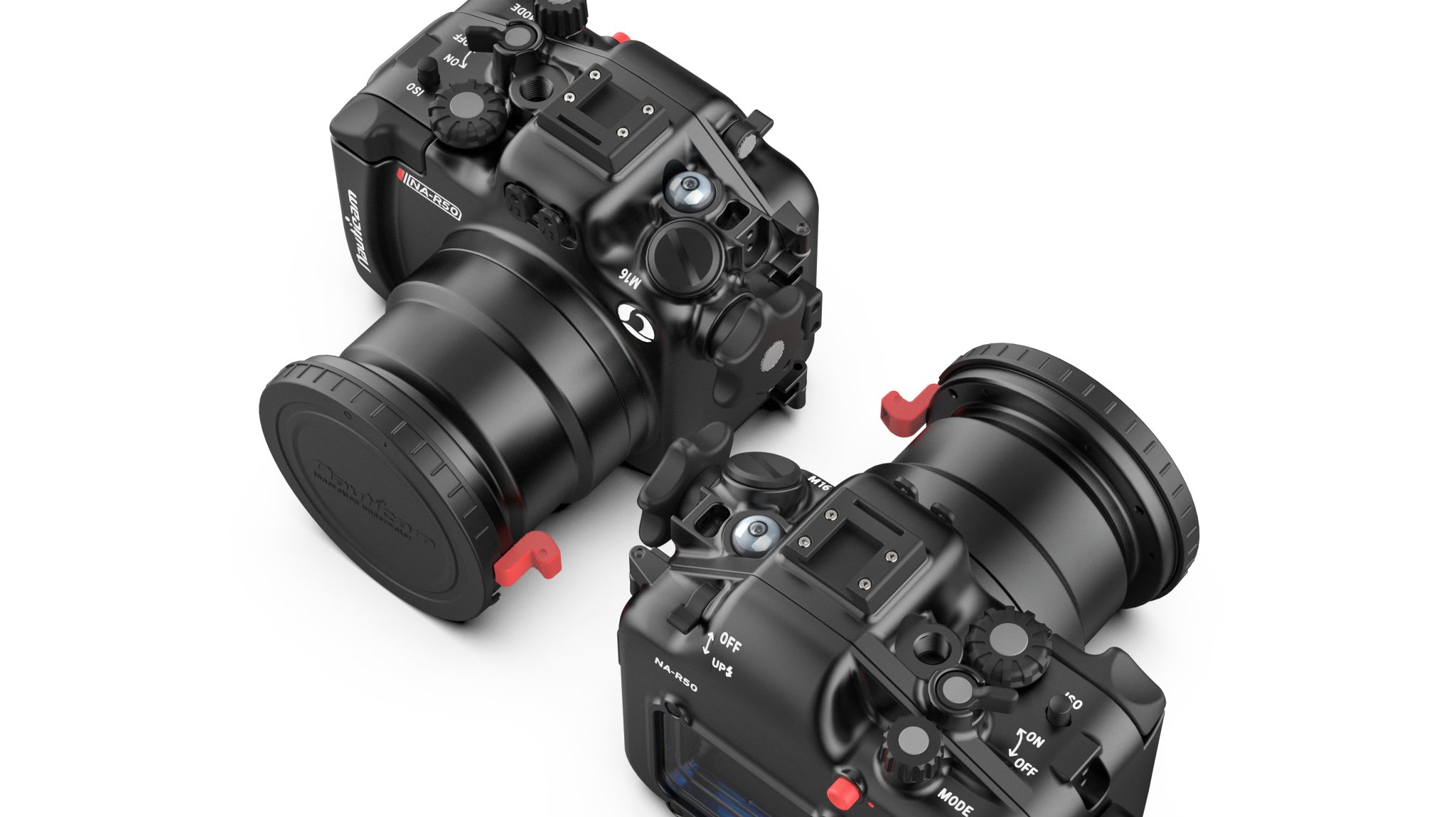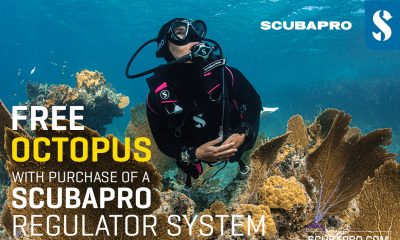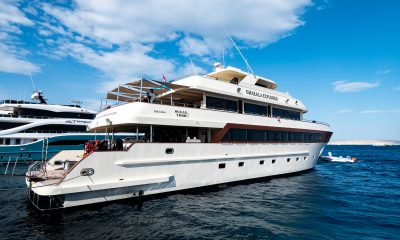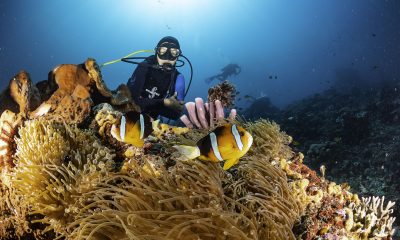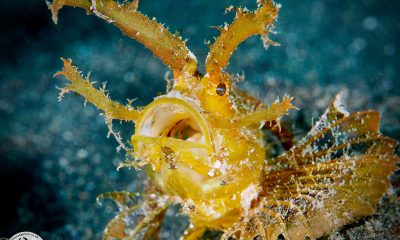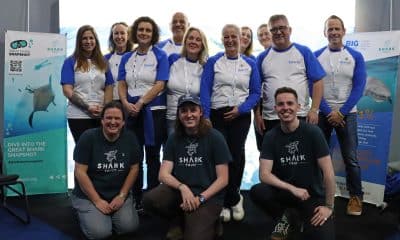News
Coming Soon – Nauticam NA-R50 Housing for Canon EOS R50
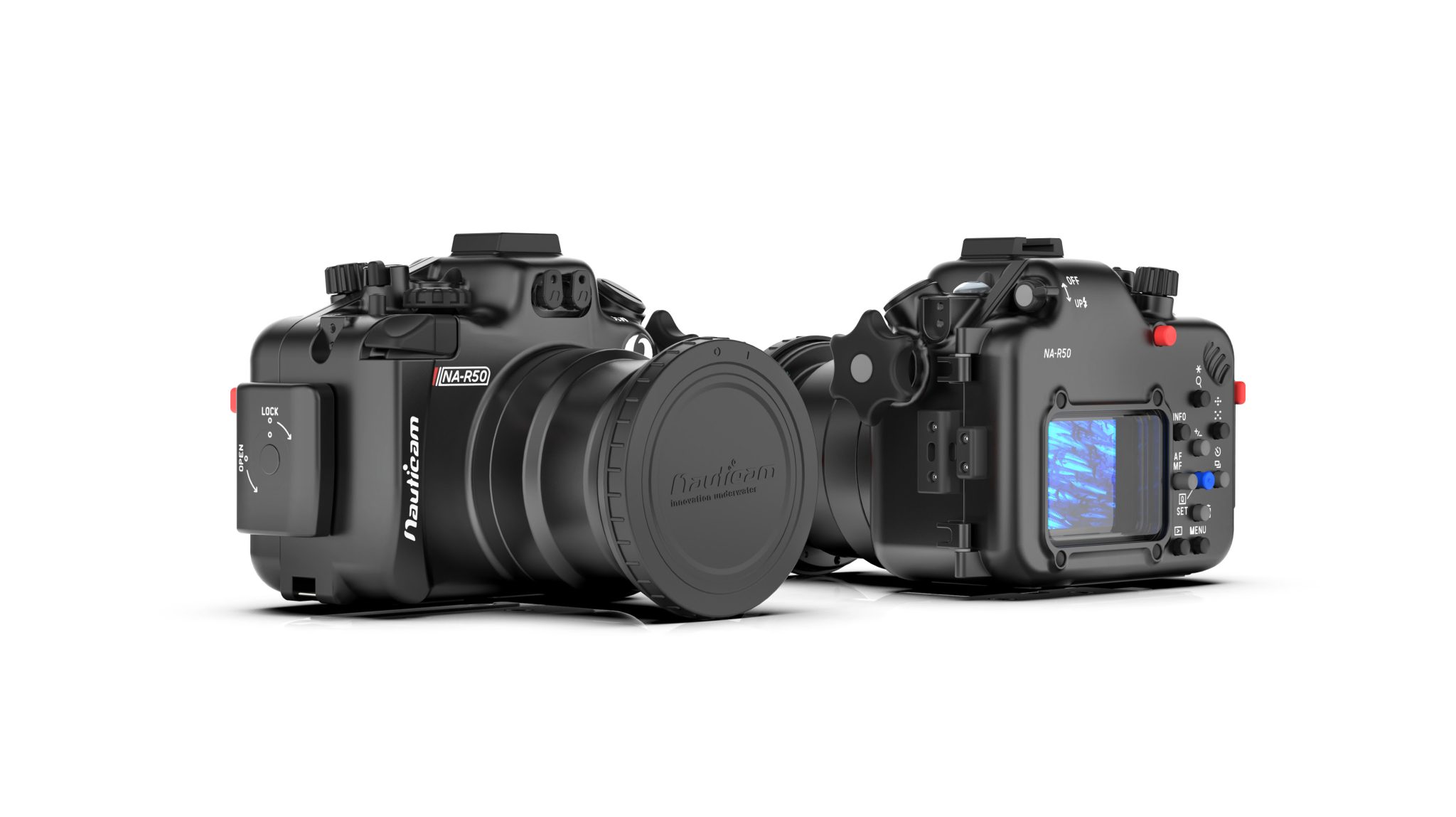
 Many underwater imaging enthusiasts have been anxious to move beyond the limited performance of their compact camera systems but have been reluctant to give up the compact form factor and simplicity of the genre. Other world travelers have started wondering if there is a way to downsize from their DSLR without giving up too much performance. Nauticam has been listening to this increasing interest and their industry leading engineers have responded with the new NA-R50.
Many underwater imaging enthusiasts have been anxious to move beyond the limited performance of their compact camera systems but have been reluctant to give up the compact form factor and simplicity of the genre. Other world travelers have started wondering if there is a way to downsize from their DSLR without giving up too much performance. Nauticam has been listening to this increasing interest and their industry leading engineers have responded with the new NA-R50.
The mission statement was clear: Design the most compact and friendly housing possible for Canon’s awarding-winning and remarkably compact EOS R50 mirrorless APS-C camera. The added challenge was making the housing just as simple and straight forward as Nauticam’s legendary compact camera housings, while making it even easier to achieve superior imaging results. The resulting housing represents an entirely new category for Nauticam while maintaining their famous ergonomics and quality.
Camera Specs
- 24.2 Megapixel CMOS (APS-C) sensor
- 4K uncropped movie at up to 30 fps oversampled from 6K
- Dual Pixel CMOS AF II
- Movie for Close-up Demo Mode
- 12 fps Electronic First Curtain and 15 fps Electronic Shutter Continuous shooting
- Advanced A+ Assist with expanded array of auto-compatible scenes
- Longer than 30min video recording
- UVC/UAC compatibility for webcam and streaming
Nauticam has always been at the forefront of underwater housing technology. They consistently push the boundaries to create evolutionary, and sometimes revolutionary, products to make imaging creation easier. The NA-R50 Underwater housing is no exception, integrating everything that makes Nauticam’s range of housings a favorite among underwater photographers into a small and lightweight package.
The new innovative system is engineered around the Canon RF-S 18-45 F4.5-6.3 IS STM Lens, since this is by far the most versatile and practical RF lens to use on the Canon RF APS-C format underwater. The port is thus integral to housing and requires no additional maintenance, much like Nauticam’s compact camera systems. This lens provides excellent results in the wide to narrow fish portrait FOV range but is easily married to Nauticam’s superb WWL-1 or WWL-C for exceptionally sharp wide angle coverage with full zoom through while still keeping a modest form factor. Nauticam’s Compact Macro Converter water contact optics can be added for a full “do anything and go anywhere” system that easily fits in a traveler’s carry on.
Constructed from rugged aluminum, the NA-R50 housing is not only lighter but also more compact than any previous Canon APS-C system. It’s the perfect choice for photographers who want to capture stunning images and videos with best-in-the-industry auto focus, while enjoying the convenience of minimal bulk and maintenance. The housing comes ready to submerge as even the zoom gear is included. Add the R50 camera and RFS 18-45 and you are ready to shoot.
For more information head to the Nauticam UK or Nauticam Worldwide websites.
News
Dive Worldwide Announces Bite-Back as its Charity of the Year

Over the next 12 months, specialist scuba holiday company Dive Worldwide will be supporting Bite-Back Shark & Marine Conservation with donations collected from client bookings to any one of its stunning dive destinations around the world. The independently-owned operator expects to raise £3000 for the UK charity.
Manager at Dive Worldwide, Phil North, said: “We’re especially excited to work with Bite-Back and support its intelligent, creative and results-driven campaigns to end the UK trade in shark products and prompt a change in attitudes to the ocean’s most maligned inhabitant.”
Bite-Back is running campaigns to hold the media to account on the way it reports shark news along with a brand new nationwide education programme. Last year the charity was credited for spearheading a UK ban on the import and export of shark fins.
Campaign director at Bite-Back, Graham Buckingham, said: “We’re enormously grateful to Dive Worldwide for choosing to support Bite-Back. The company’s commitment to conservation helps set it apart from other tour operators and we’re certain its clients admire and respect that policy. For us, the affiliation is huge and helps us look to the future with confidence we can deliver against key conservation programmes.”
To launch the fundraising initiative, Phil North presented Graham Buckingham with a cheque for £1,000.
Visit Dive Worldwide to discover its diverse range of international scuba adventures and visit Bite-Back to learn more about the charity’s campaigns.
MORE INFORMATION
Call Graham Buckingham on 07810 454 266 or email graham@bite-back.com
Gear News
Scubapro Free Octopus Promotion 2024
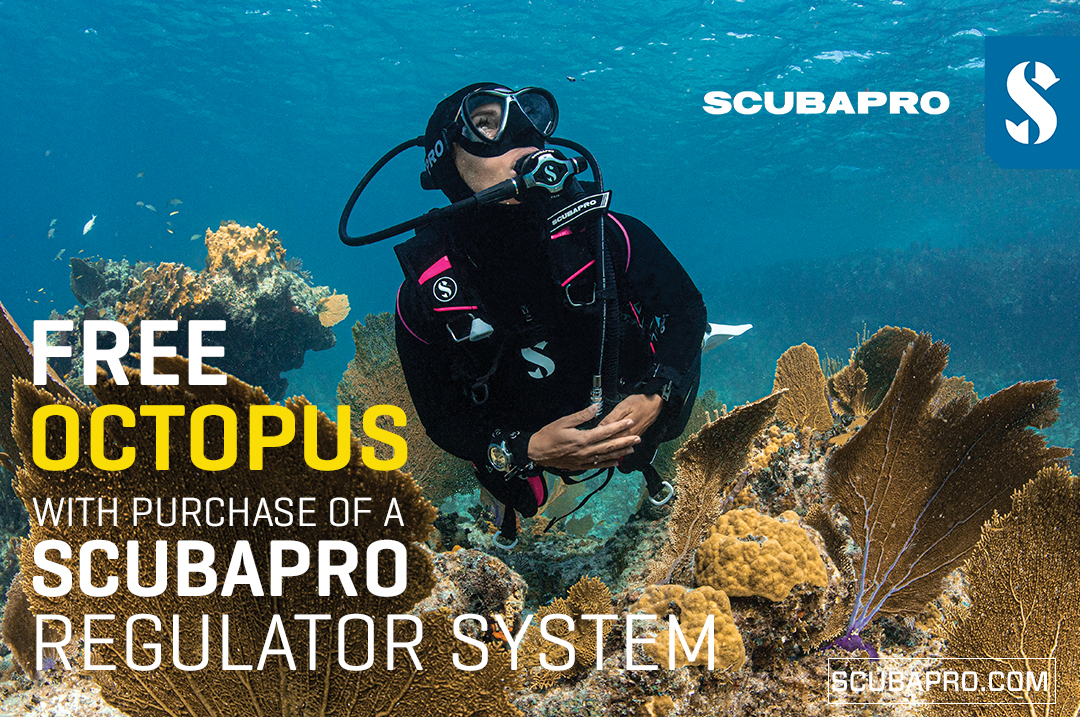
Free Octopus with every purchase of a SCUBAPRO regulator system
Just in time for the spring season, divers can save money with the FREE OCTOPUS SPRING PROMOTION! Until July 31st SCUBAPRO offers an Octopus for free
with every purchase of a regulator system!
Get a free S270 OCTOPUS with purchase of these combinations:
MK25 EVO or MK19 EVO with A700
MK25 EVO or MK19 EVO with S620Ti
MK25 EVO or MK19 EVO with D420
MK25 EVO Din mit S620Ti-X
Get a free R105 OCTOPUS with purchase of the following combinations:
MK25 EVO or MK19 EVO with G260
MK25 EVO or MK17 EVO with S600
SCUBAPRO offers a 30-year first owner warranty on all regulators, with a revision period of two years or 100 dives. All SCUBAPRO regulators are of course certified according to the new European test standard EN250-2014.
Available at participating SCUBAPRO dealers. Promotion may not be available in all regions. Find an authorized SCUBAPRO Dealer at scubapro.com.
More information available on www.scubapro.com.
-
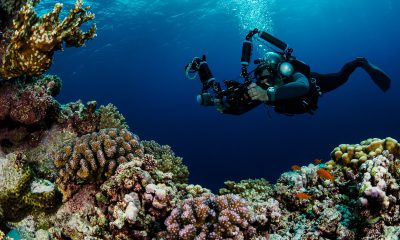
 News3 months ago
News3 months agoHone your underwater photography skills with Alphamarine Photography at Red Sea Diving Safari in March
-
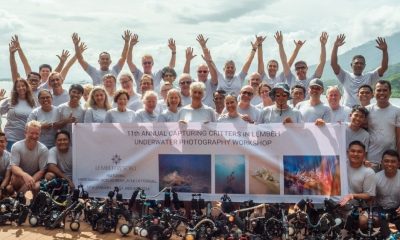
 News3 months ago
News3 months agoCapturing Critters in Lembeh Underwater Photography Workshop 2024: Event Roundup
-
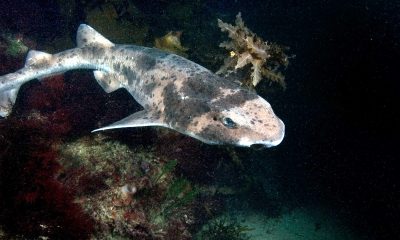
 Marine Life & Conservation Blogs3 months ago
Marine Life & Conservation Blogs3 months agoCreature Feature: Swell Sharks
-

 Blogs2 months ago
Blogs2 months agoMurex Resorts: Passport to Paradise!
-
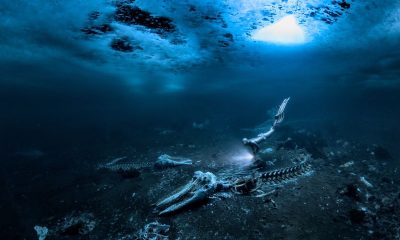
 Blogs2 months ago
Blogs2 months agoDiver Discovering Whale Skeletons Beneath Ice Judged World’s Best Underwater Photograph
-
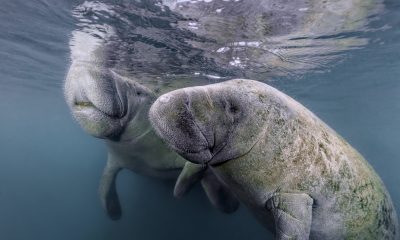
 Marine Life & Conservation2 months ago
Marine Life & Conservation2 months agoSave the Manatee Club launches brand new webcams at Silver Springs State Park, Florida
-
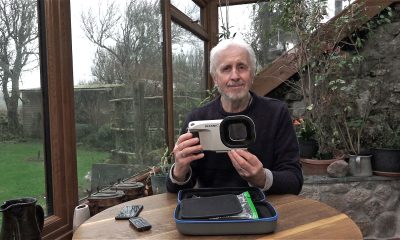
 Gear Reviews3 months ago
Gear Reviews3 months agoGear Review: Oceanic+ Dive Housing for iPhone
-
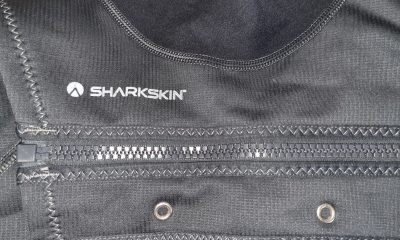
 Gear Reviews2 weeks ago
Gear Reviews2 weeks agoGEAR REVIEW – Revolutionising Diving Comfort: The Sharkskin T2 Chillproof Suit


